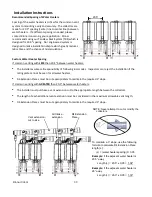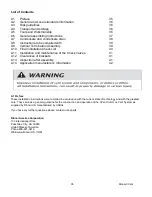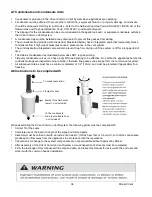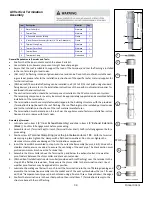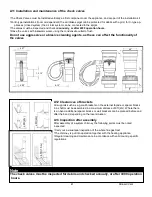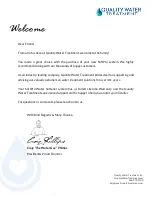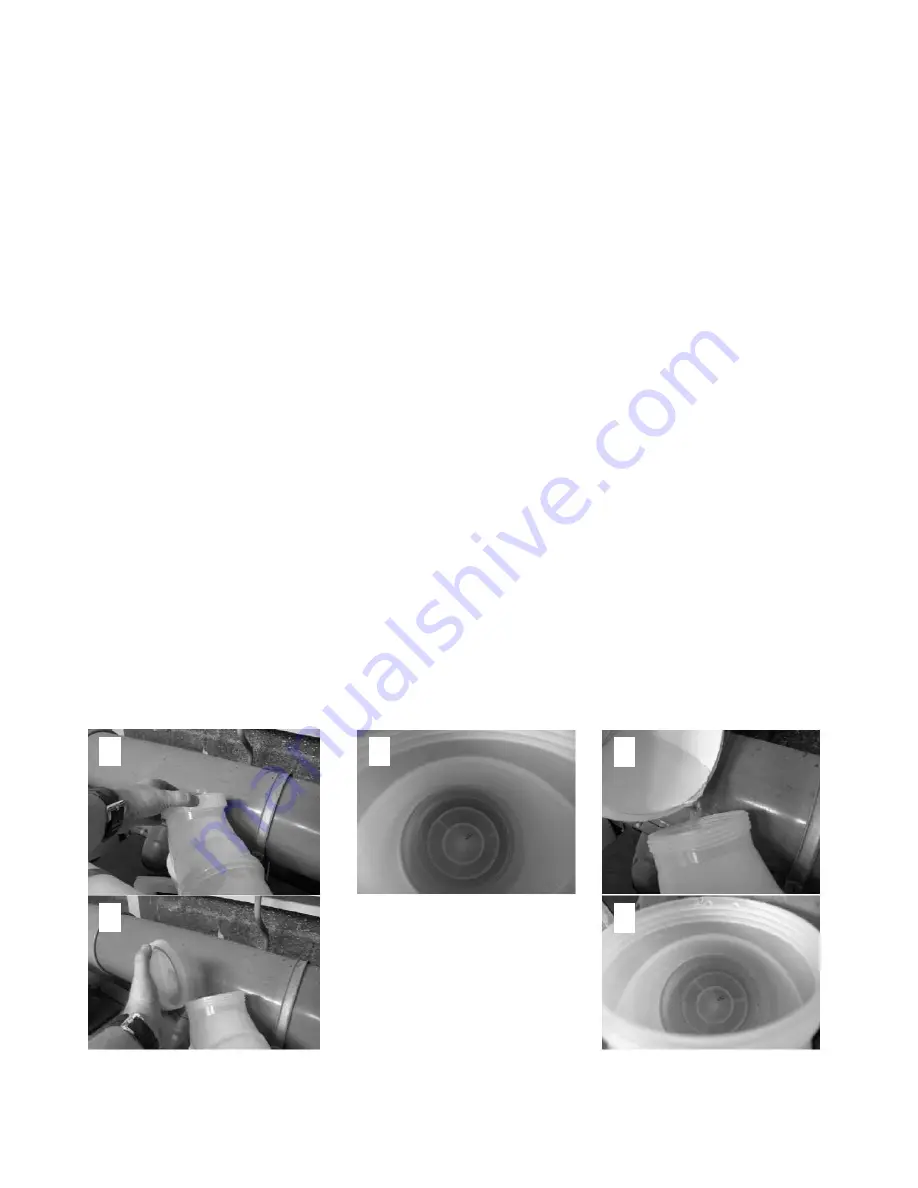
Rinnai CVent
32
Common Header Check Valve Maintenance
Visually inspect the check valve annually (or after 4000 operation hours) for obstructions, proper operation ,
large and small particles of debris, according to the instructions below. Operation hours can be obtained on the
controller by pressing and holding the down button for 2 seconds and without releasing the down button, press
the ON/OFF button. The third number to cycle through will be the operating hours in units of a hundred hours.
For example, “40” means 4000 hours.
1. Shut the electrical power off, for the appliances before inspecting the common header, otherwise flue gasses
can emerge uncontrolled into the appliance room.
2. Over the check valves an elbow is installed with an inspection lid, the lid must be twisted off for inspection
and maintenance of the check valve.
3. Restore the electric power for the inspected appliance and manually fire the appliance and check if the check
valve opens fully and is free of obstructions.
4. In case debris is noticed , for the cleaning of the check valve of large particles (over 1 mm) we advise to use a
vacuum cleaner for removal of the large particles. The vacuum cleaner should be used at either low power,
and/or with an adapter small enough to clean the check valve out. For smaller particles (under 1mm) we
advise to use a sufficient amount of luke-warm water to flush the adapter.
Do not use detergents or solvents
for cleaning the check valve!!
When applicable the small check valve can be removed and re-installed for
inspection by pulling it out of position. We do not advise to do this frequently. When re-installed, the check
valve must be inspected again for proper operation by operating the appliance.
Note: When an in-line condensate trap is installed (optional component) this must be removed and a hose
should be connected for the correct disposal of the flushing water. Protect the building structure for the
water emerging from this hose and dispose the water with debris in a way acceptable to the local codes. Be
aware that condensate is a corrosive substance that could affect metals, brick etc.
5. Re-assemble the components after the cleaning procedure in reverse order. Check the correct installation of
the rubber seals. Power the appliances again and let them run for 30 minutes minimum. While running, check
the common header system visually for condensate leaks caused by the inspection. In case leaks are sighted
these must be solved before the installation is released. When seal rings are damaged by the inspection these
must be replaced, they cannot be repaired by using a silicon sealant or other.
1
2
3
4
5
Note: Rinnai recommends replacing the check valve when replacing the water heater.
Summary of Contents for c199i
Page 43: ...43 Rinnai CVent NOTES ...
Page 86: ...86 CVent de Rinnai NOTES ...
Page 87: ...87 CVent de Rinnai NOTES ...













